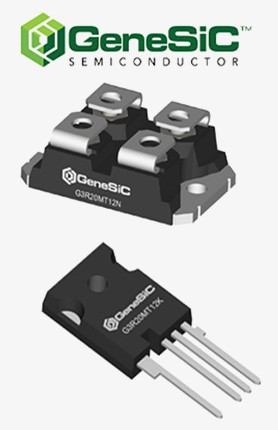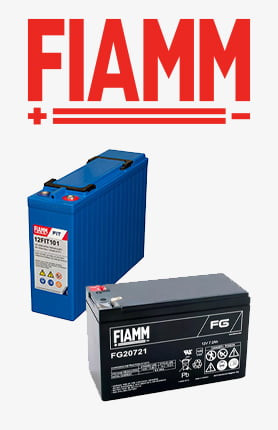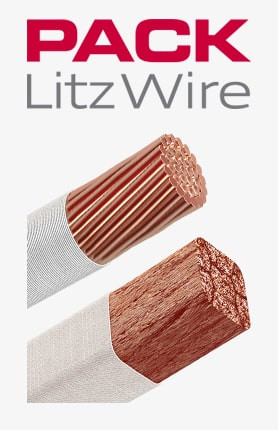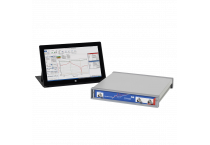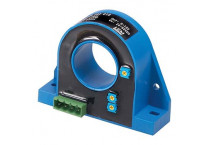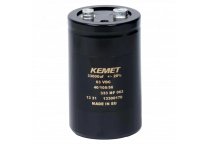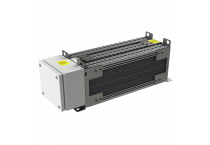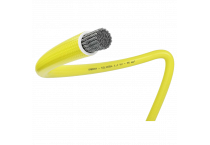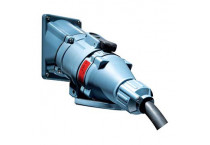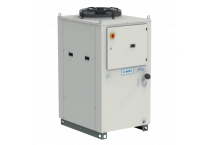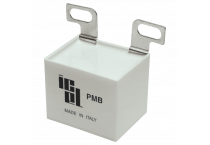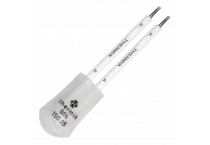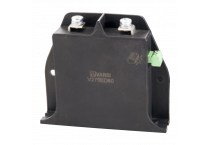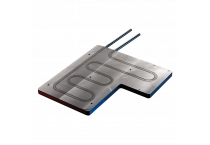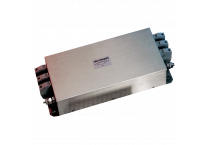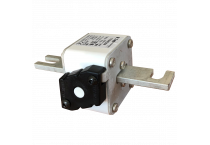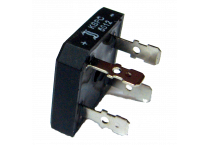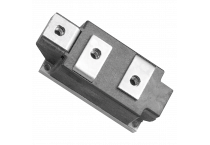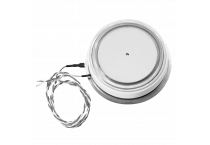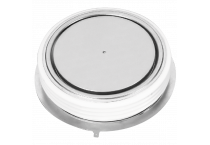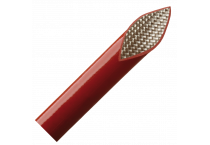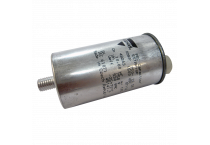-
- Screw terminal capacitors
- PCB mount capacitors
- Screw lead - ALS30/31 and ALS 40/41 series
- Accessories for capacitors
- Leads for PCB and soldering - ALP/T 20 series
- Leads for PCB for latches - ALC 40 series
- ALS30 / 31 series, + 85 ° C
- ALS32 / 33 series, + 85 ° C
- ALS36 / 37 series, + 85 ° C
- PEH200 series, + 85 ° C
- ALS40 / 41 series, + 105 ° C
- ALS42 / 43 series, + 105 ° C
- PEH205 series, + 125 ° C
- ALS60 / 61 series, + 85 ° C
- ALS80 / 81 series, High CV, + 105 ° C
- ALS70 / 71 series, High CV, + 85 ° C
-
- Distribution blocks and terminals
- Gel muffs
- Busbar terminals
- Multipole Industrial Connectors
- Industrial Power Connectors
- Cables for sensors | LUMBERG
- Connectors for sensors
- PCB Terminals
- Battery Clamps
- Connectors | Hirschmann
- Rotary Connectors
- Electrical Connectors | SCHÜTZINGER
- Circular connectors with threaded joint | LUMBERG
- Coaxial Connectors | RADIALL
- Industrial Connectors | Han
- Power Connectors Powersafe
- Connectors and cables for charging electric vehicles
-
- Insulating jacket T.P.E.125˚C 16kV
- SILIGAINE TNL FR TWIST -50°C to +150°C
- SILIGAINE TN FR TWIST -50°C to +150°C
- SILIGAINE TN FR -50°C to +150°C
- SILITUBE X FT9702 -60°C to +260°C
- SILIGAINE 31-1 and 31-2 - 30˚C to + 450˚C
- SILIGAINE TN - protective jacket variable-diameter monofilament polyester
- SILIGAINE® 13F3 -30° C to +155 °C Class F
- SILIGAINE® 15C3 -60 °C to +250 °C Classes H and C
- SILIGAINE® GT 1 -60 °C to +300 °C
- SILIGAINE SI + 33 900 ° C - silica fiber
- SILIGAINE 21F1 -60 ° C to 280 ° C
- SILIGAINE® 13F4 -30 °C to +155 °C Class F
- SILIGAINE® 15C3-UV -60 °C to +250 °C
- SILIGAINE® 15C4.d -60 °C to +200 °C Class H
- SILIGAINE® 15C2 -60 °C to +250 °C Classes H and C
- SILIGAINE® 15C4 -60 °C to +250 °C Classes H and C
- SILIGAINE® 15C5 -60 °C to +250 °C Classes H and C
- SILIGAINE® 15C5-E Expandable -60 °C to +250 °C Classes H and C
- SILIGAINE® 15C7 UL -60 °C to +250 °C Classes H and C
- SILIGAINE® 15C10 -60 °C to +250 °C Classes H and C
- SILIGAINE GTE 1 from -60 ° C to + 250 ° C
What is an inverter?
Inverters are power electronics devices that convert direct current (DC) into alternating current (AC).
Applications of inverters
Inverters are used in powering:
- Electric drive controllers;
- Uninterruptible power supplies (UPS);
- Static var compensators (SVC);
- Active filters;
- Flexible AC transmission systems (FACTS).
Classification of inverters
The classification criterion for inverters is the number of phases of current/voltage, which results in the following groups:
- Single-phase inverters;
- Three-phase inverters;
- Multi-phase inverters with any number of phases (for special purposes).
The second classification criterion is the type of power source for the inverter:
- Voltage-source – in voltage-source inverters, the energy source at the inverter input is a capacitor. This results in an output voltage consisting of a series of rectangular pulses with adjustable width, while the output current for an RL load has a quasi-sinusoidal shape. The main power electronic components in these inverters are fully controllable elements. They are used in various applications.
- Current-source – in current-source inverters, the energy source is an inductor with flowing current. The output current is a series of rectangular pulses with adjustable width, while the voltage for an RL load is present. Thyristors (SCR) and fully controllable elements are used in current-source inverters. They are used in medium-power electric drives.
Classification of inverters according to control methods
- Scalar control – used in variable torque drive systems. The operation of such inverters involves providing minimal energy to avoid reducing the output frequency below the set value. Example control methods include: linear characteristic U/f = const, used in conveyors or lifts, and square characteristic U/f2 = const, used in fan control or centrifugal pumps.
- Vector control – used in constant torque drive systems. They optimally regulate the torque to meet the requirements imposed by the machine and the environment in which it operates. Inverters that use DTC (Direct Torque Control) are the most advanced in terms of AC motor control. This method allows for control of the rotational speed and torque without the need for feedback such as an encoder on the motor shaft.
Also, check out motors and transformers available in our assortment.

